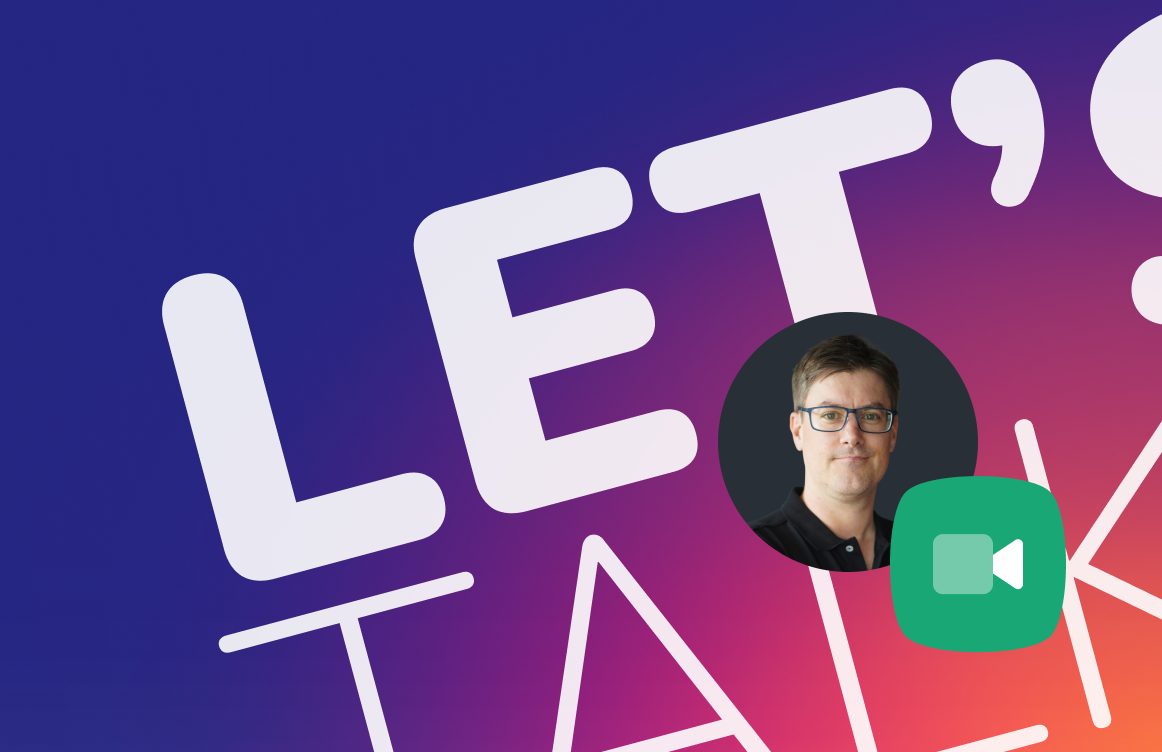
Traditional marketing strategies brought the marketing message to the prospect—often in invasive ways.
An unwanted commercial dropped at the most dramatic moment of a favourite show. A full-page newspaper ad separating the first three columns of a newspaper feature article from the last three. A billboard that benefits from being the only interesting thing to look at while stuck in traffic on the morning commute. Direct mail, cold calls, or cold emails from a complete stranger because you ended up on a list.
The goal was to build trust by recognition or hook the viewer’s imagination with something so clever and catchy that they forget they weren’t asking to be marketed to.
The social media and streaming age have rendered these kinds of invasive marketing methods obsolete. They may have their place, but inbound marketing is making them more and more expendable.
Every brand should be examining the place inbound marketing should occupy in their strategy. For many brands, it’s the only kind of marketing they need.
What is Inbound Marketing?
Rather than bringing the brand message to the viewer, inbound marketing methodology endeavours to bring the viewer to the message—and thereby, to the brand.
How does it do this? By producing content that the brand’s target market will find useful, laser-targeting that market with the help of Big Data, and using that content to entice the user into engagement with the brand.
This form of outreach is considered “permission-based”—rather than inserting your message where it isn’t wanted, the prospect gives you both implicit and explicit permission to contact them by engaging with your content.
Brands can entice customers to value-added content in several ways. Examples include:
Blogs.
Social content.
Free eBooks and other giveaways.
By offering value rather than an interruption, inbound marketing is less invasive. Instead, it seeks to foster a relationship of trust and mutual respect with the customer, rather than relying on name recognition, jingles, and sound bites.
What are the 4 Pillars of the Inbound Marketing Methodology?
Inbound marketing methodology relies on the sequential application of four pillars:
1. Attract
The first pillar is to attract traffic with value-giving content, with the goal of directing the traffic to your company’s website, landing page, or digital experience.
The “attract” pillar is not just about drawing traffic—it’s about getting the right traffic, warm to the product and qualified to buy. Targeting the content to the buyer is at least as important as attracting the buyer to the content.
2. Convert
Once the prospective customer or client is attracted to the website, the convert pillar dictates that the prospect must be converted into a lead. This usually means collecting the prospect’s email address, phone number, or other contact information, which can be used to nurture them as a lead.
To satisfy the “convert” pillar, the website, landing page, or digital experience the prospect lands on in the “attract” phase must be built to convert. It’s not just for looks—it’s to prompt that visitor to enter their contact information and become a lead! This can be accomplished with calls to action, further giveaways, and demonstrations of value.
3. Close
The close pillar dictates that the lead be nurtured to a sale. Brands can use CRMs and marketing automations, including email sequences, to nurture the lead to the close.
Sales calls and strategy calls can work as well, if the prospect’s buying temperature is so high that they schedule the call themselves. Prospects who schedule their own call are much more likely to be ready to buy than a number off a cold-call list.
4. Delight
The final pillar of inbound marketing methodology dedicates that you must continue to delight your client or customer, even after you have made the sale. This encourages repeat purchases and nurtures the customer to become a brand ambassador or advocate, referring other clients, driving positive word of mouth and social mentions.
Inbound Marketing Funnel vs Inbound Marketing Flywheel
Two key models arise from inbound marketing methodology: the Inbound Marketing Funnel and the Inbound Marketing Flywheel. Both have strengths and weaknesses, and both are effective under the right circumstances.
Inbound Marketing Funnel
Similar to the sales funnel, the inbound marketing funnel arranges the four pillars as stages in a funnel. The top of the funnel (the “attract” phase) collects the majority of prospects who are in “learning” mode, discovering more about your industry and perhaps not even considering buying.
The middle of the funnel (the “convert” phase) collects prospects who are past “learning” and on to “shopping.” The goal of this stage of the funnel is to convert them to a lead so you can convince them that your organisation is the only one they should buy from.
The bottom of the funnel (the “close” phase) collects prospects that are ready to buy and close the deal.
The inbound marketing funnel does not directly address the “delight” pillar—that is up to each organisation to arrange.
Pros of the Inbound Marketing Funnel
Sequential and logical customer journey.
Easy to target content to the right stage of the funnel.
Easy to measure.
Cons of the Inbound Marketing Funnel
Does not address the delight stage.
Outcome-focused rather than process-focused.
Inbound Marketing Flywheel
The inbound marketing flywheel reimagines the customer journey as a wheel with the customer at the center. The different pillars flow from one to the other in a continuous circle, with the idea that delighted customers refer more customers and become brand advocates, speeding up the wheel and promoting growth.
The inbound marketing flywheel depends on acceleration and reduction of friction. Acceleration can be accomplished by adding “forces” that feed into customer delight—robust feedback, extra offers, follow-up calls, thank-you emails, etc. It can also be accomplished by removing forces that impede the “delight” pillar (i.e. “friction” on the flywheel) like poor communication or internal misalignment of departments.
Pros of the Inbound Marketing Flywheel
Focuses on delighting the customer and creating growth through momentum.
Promotes acceleration and reduction of obstacles.
Cons of the Inbound Marketing Flywheel
No clear point of entry for the prospect.
Incorporates the funnel.
Conclusion
Ultimately, the power of inbound marketing methodology is that it sets up a win-win proposition between the business and the prospect, creating enthusiastic customers rather than reluctant ones.



